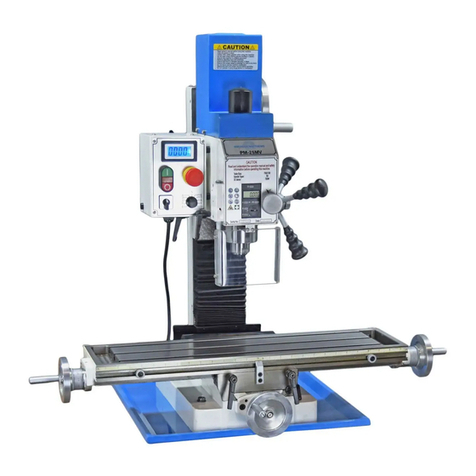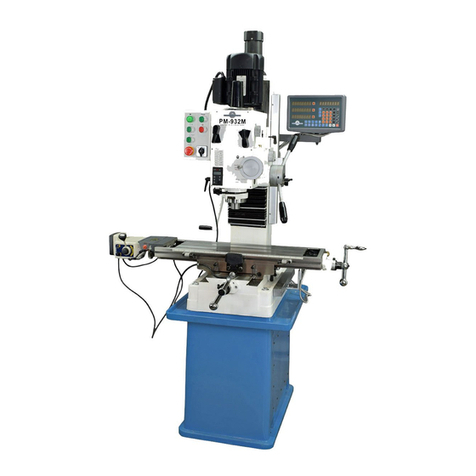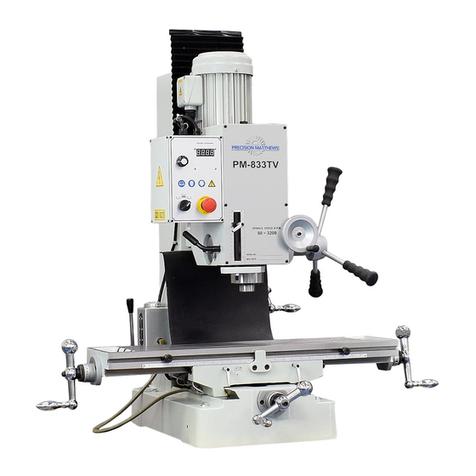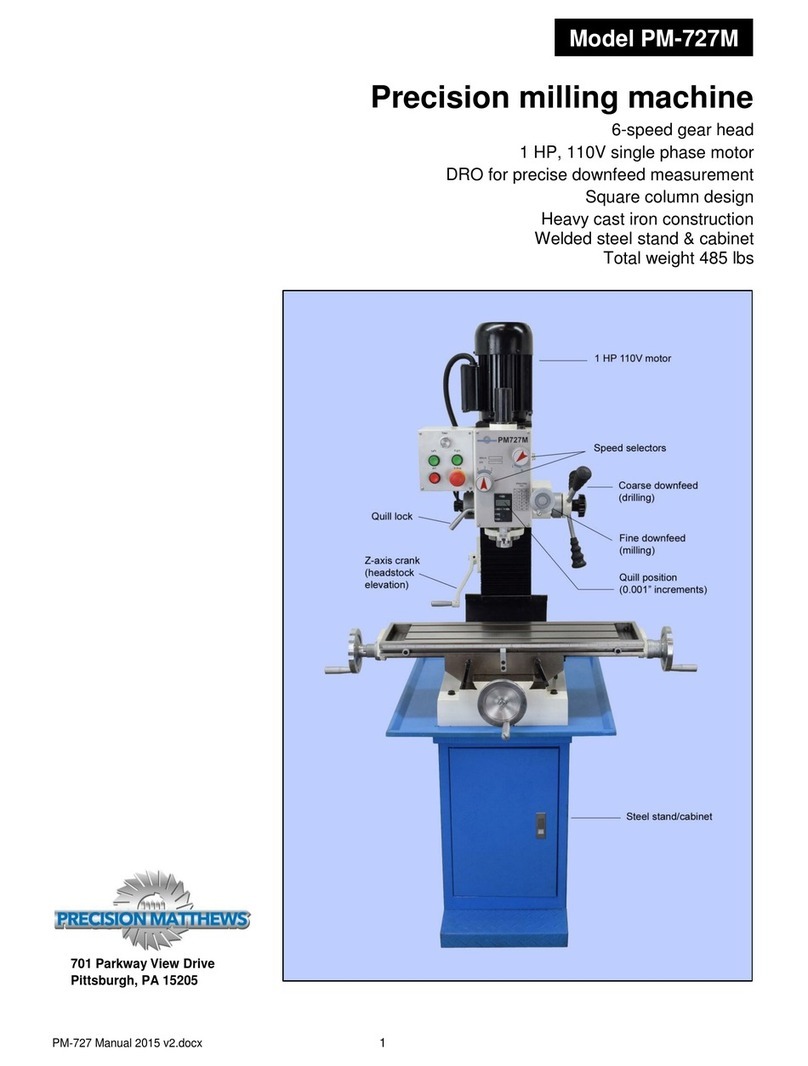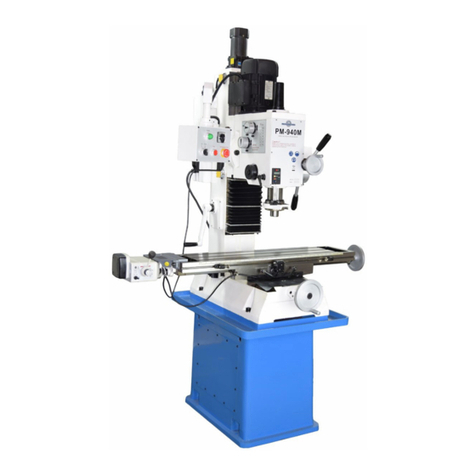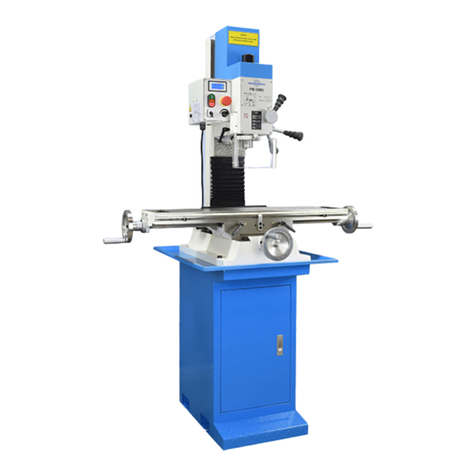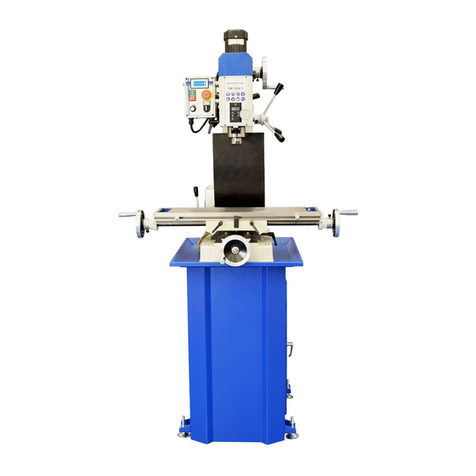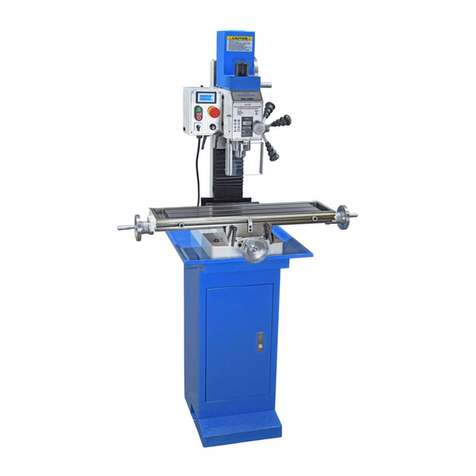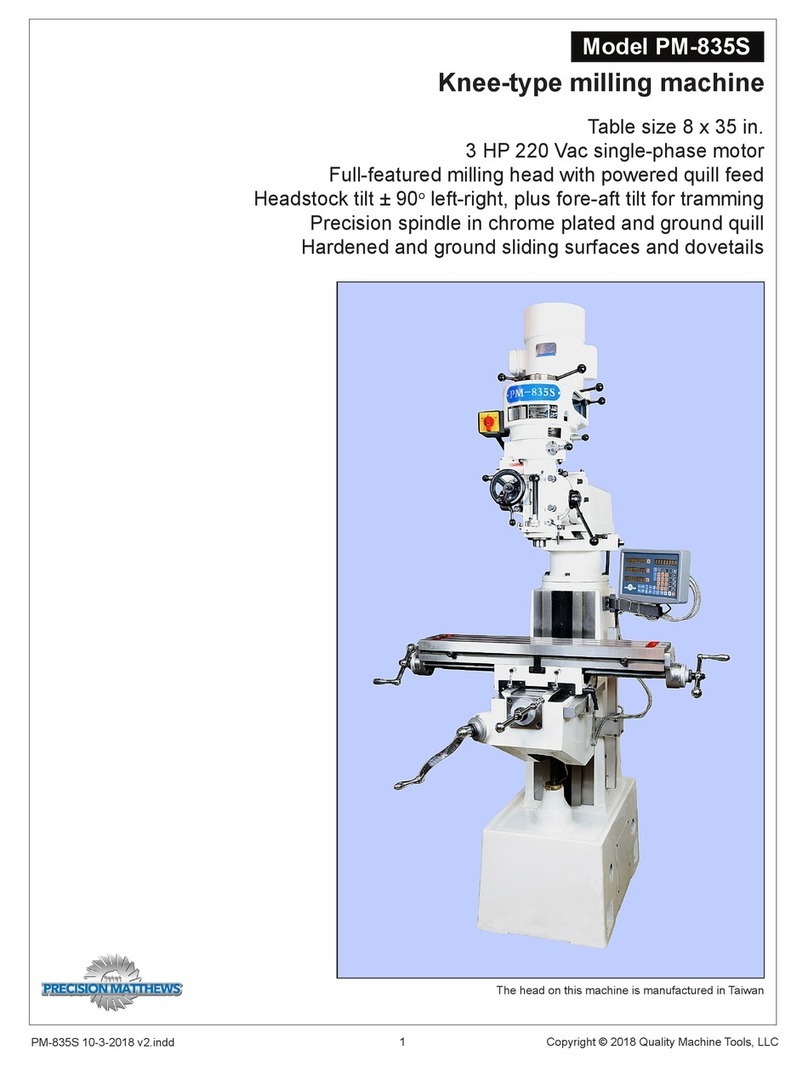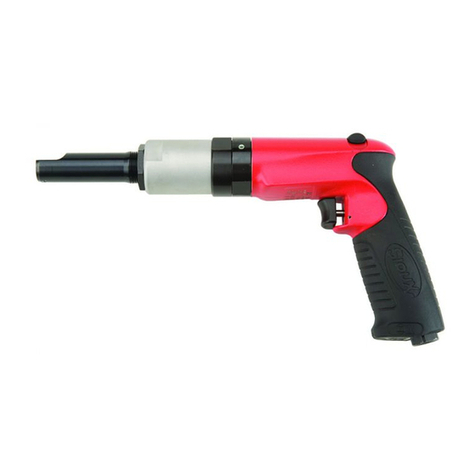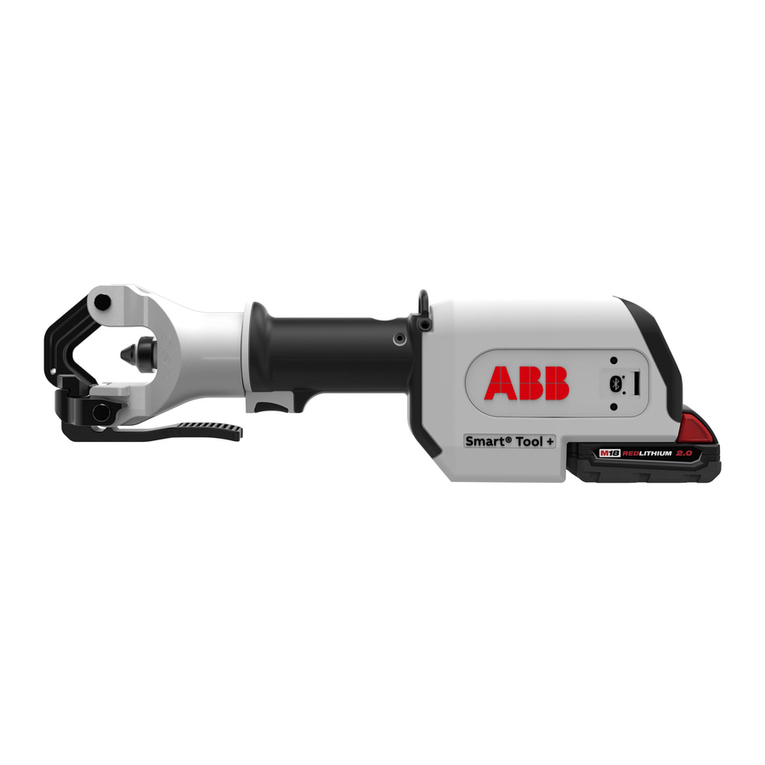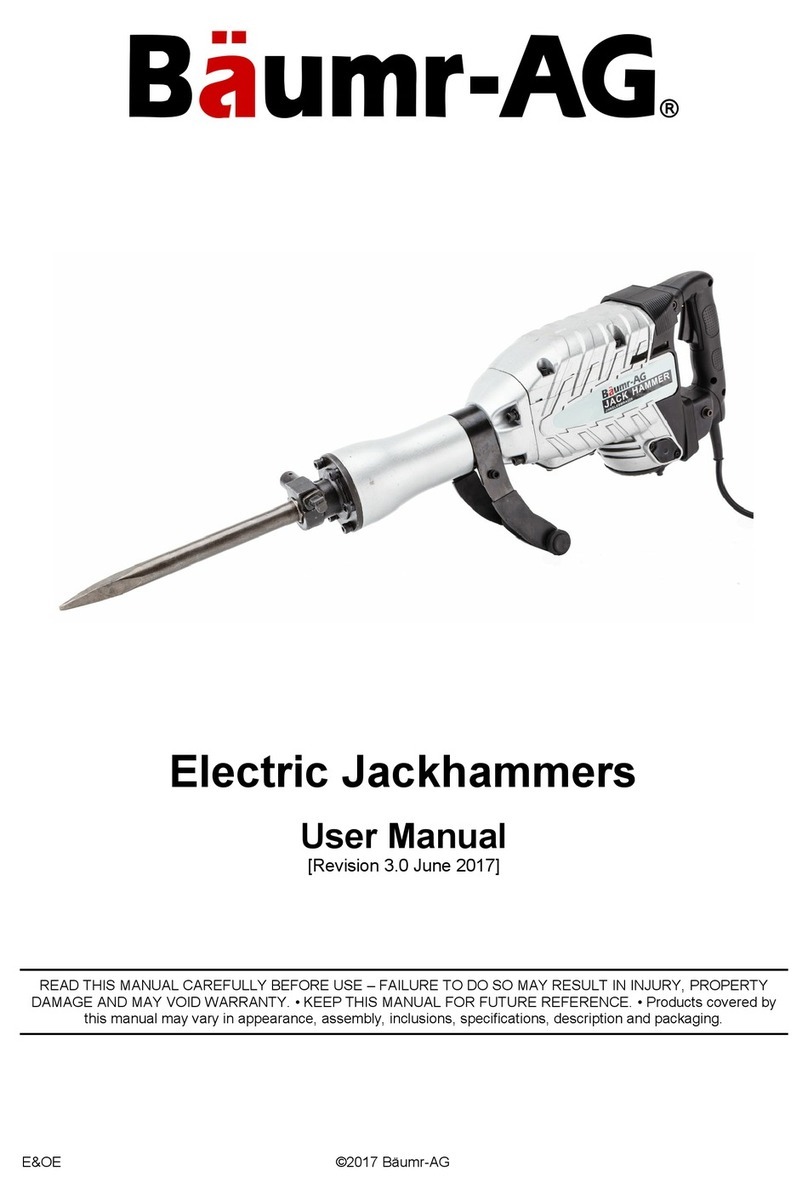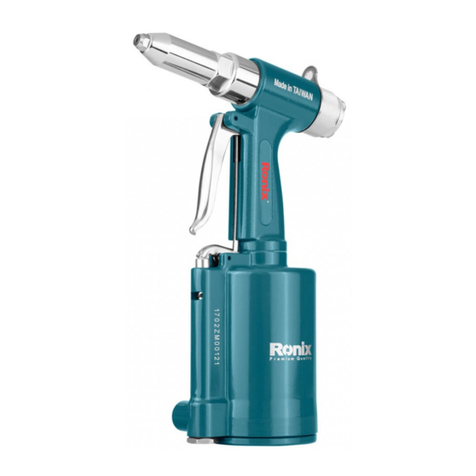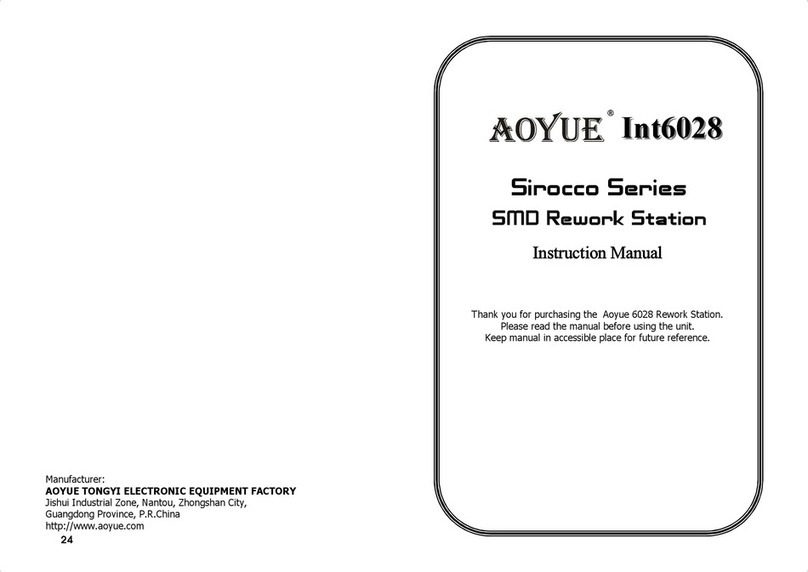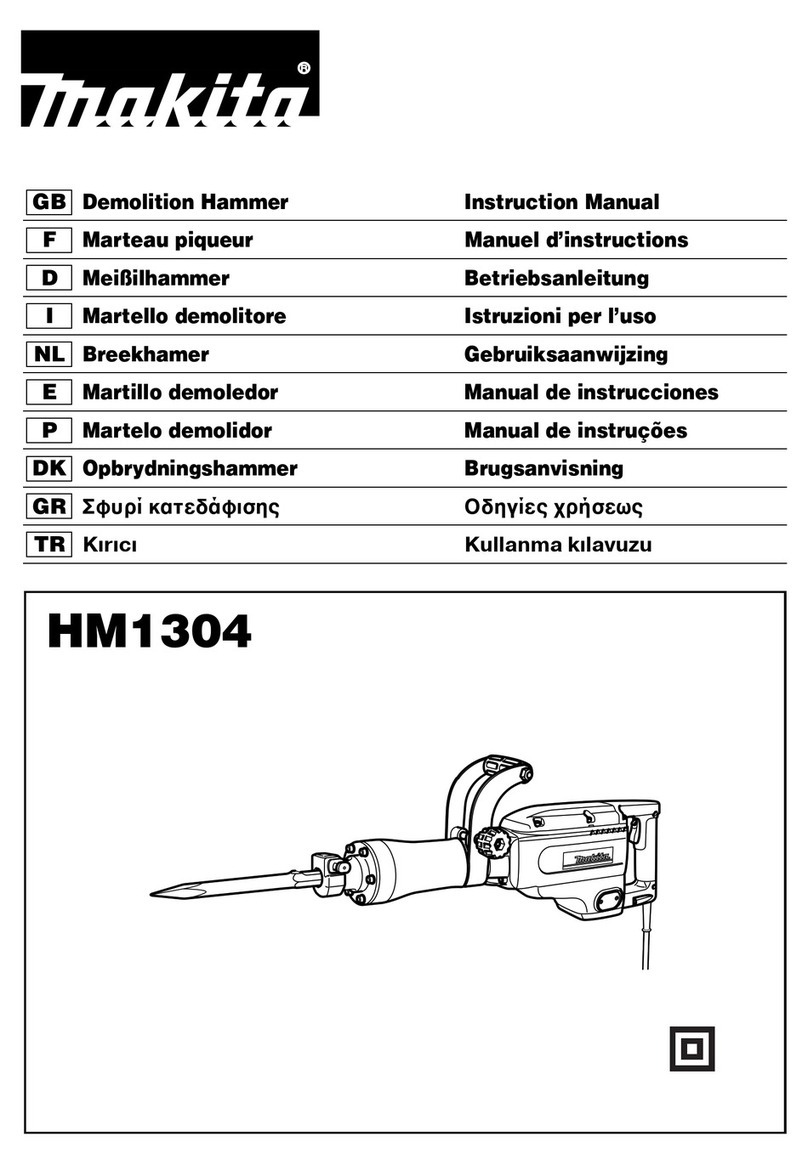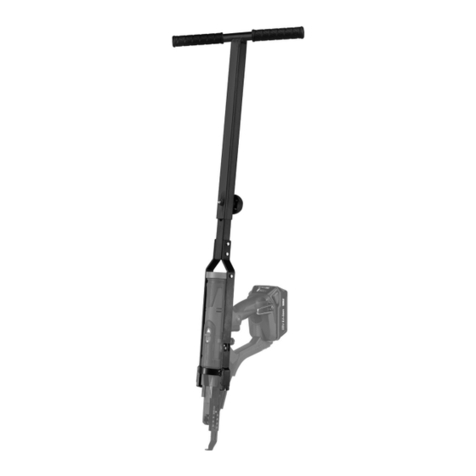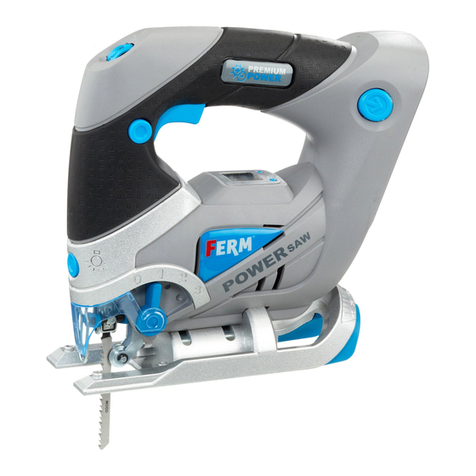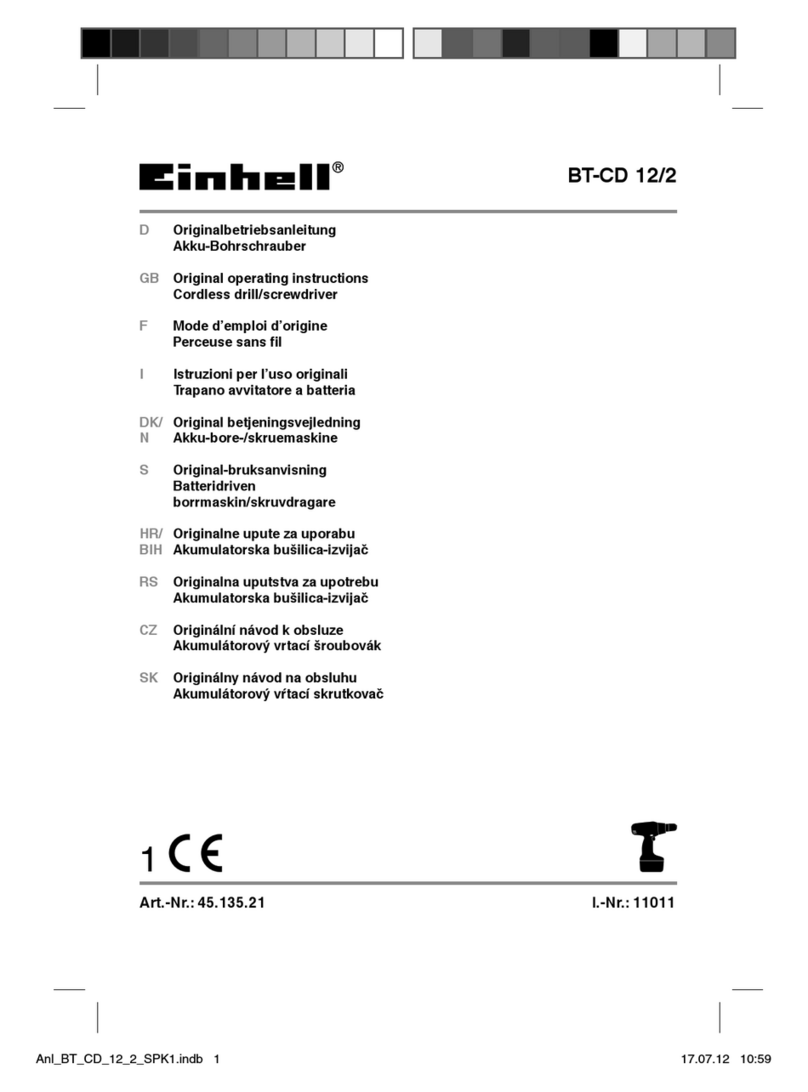
PM-739M&V 2023-06 Copyright © 2023 Quality Machine Tools, LLC
6
THESE ARE THE MAIN POINTS TO WATCH OUT FOR!
But read the following pages for more information
• Handling the mill is at least a two-man job.
• Lower the center of gravity by hand-cranking the knee (table support casting) down to
the fullest extent.
• Lifting gear – sling, hoist or forklift – must be rated for at least 1250 lb.
• The working location of the mill must allow full left-right travel of the table, also access to
the back of the column (electrical components).
• Power requirement is 220V, 60Hz, 1φ, 20A circuit protection
• Extension cord not recommended; if no alternative, use 12 AWG not longer than 20 ft.
• Before connecting power for the rst time be sure that:
1. The machine is on a rm footing, adequately secured to the oor.
2. No chuck or collet is installed.
3. There are no clamps or locks on moving parts.
Section 2 INSTALLATION
UNCRATING THE MILL
PM-739 mills are shipped fully assembled. Before mov-
ing the mill after dismantling the packing case, check
the mill's working location for head room, availability of
220 Vac, and condition of the oor — level, smooth and
weight-bearing capable. Check local codes for machine
tool fastening requirements. If none is specied, the mill
can be used free-standing, without anchors. If neces-
sary, install concrete anchors in the locations shown in
Figure 2-1.
MOVING THE MILL
This is at least a two-man procedure! First,
consider lowering the table and rotating the
head as shown on the next page.
Note that 1/2" screws are a snug t in the 4 holes in
the cast iron base — consider using 3/8" high tensile
screws instead. With oversize pockets in the concrete
oor there is no need for hole enlargement if the anchor
screws are pre-installed, and the mill is positioned be-
fore the embedding compound sets up.
When the mill is properly installed, the table should be
truly horizontal in both X and Y axes. To level the mill,
and to correct for irregularities in the concrete oor, use
metal shims positioned close to the anchor screws.
Figure 2-1B Floor drilling
Figure 2-1A Floor drilling
If available, use a forklift with a basket-style web sling to
lift and move the mill, Figure 2-2. Alternatively, a 1" di-
ameter steel rod can be inserted into the hole at the top
